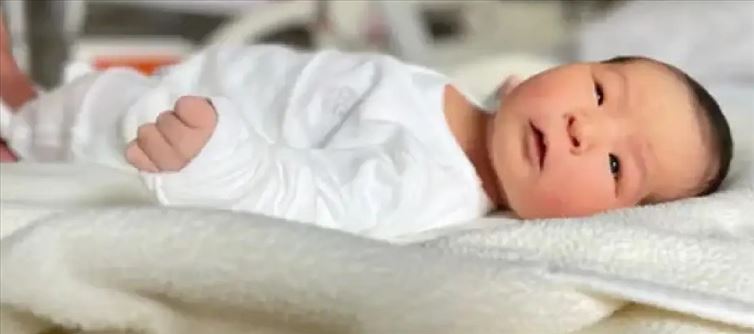
A newborn was created from an embryo outside of the human body using stem cell technology.
The Fertilo technique has produced a human infant for the first time. Under the direction of researcher Luis Guezmán from Peru's Pranor Laboratories, this unique study was carried out. At the Santa Isabel Clinic in Lima, Peru's capital, the first fertilo baby was born.
Doctors think the new Fertilo approach is safer, easier, and more cost-effective for everyone than the old-fashioned IVF or test tube baby procedure.
In 1978, the first IVF baby was born in a test tube. Dr. Subhash Mukhopadhyay is considered the father of test-tube infants in India. He oversaw the birth of Durga, also known as Kanupriya Agarwal, India's first test-tube baby. Since then, IVF has made many couples across the world happy who couldn't conceive naturally.
However, there are drawbacks to the test tube approach as well. It is an expensive and time-consuming operation. Couples frequently experience extreme worry and mental stress. Ovarian Hyperstimulation Syndrome (OHSS), which causes the woman's uterus to enlarge, can occasionally result from IVF therapy.
The conventional IVF procedure involves removing the woman's uterine eggs and fertilizing them in a lab using the father's sperm. The mother's body is then implanted with the embryo. Injections of hormones are used to promote the generation of eggs. However, the novel Gameto Fertilo technique eliminates the need for hormone injections. In the lab, ovarian support cells are employed to rapidly fertilize eggs using human body-derived induced pluripotent stem cells.
According to a 2023 study, this technique produces high-quality embryos by rapidly fertilizing eggs and sperm. Fewer hormone injections are needed, and the therapy only takes three days. In nations like Australia, Japan, Argentina, Paraguay, Mexico, and Peru, the Fertilo technique is quickly becoming more and more well-liked.




 click and follow Indiaherald WhatsApp channel
click and follow Indiaherald WhatsApp channel